David Candaux is an independent watchmaker based in the Vallée de Joux, continuing a family tradition while forging his own path in haute horlogerie. Born into a lineage of watchmakers, his father, Daniel Candaux, spent over twenty years at Patek Philippe crafting grand-complication pocket watches, while his mother assembled chronographs for Dubois DéPraz. From an early age, he was immersed in the precision, discipline, and technical rigor that define the profession.
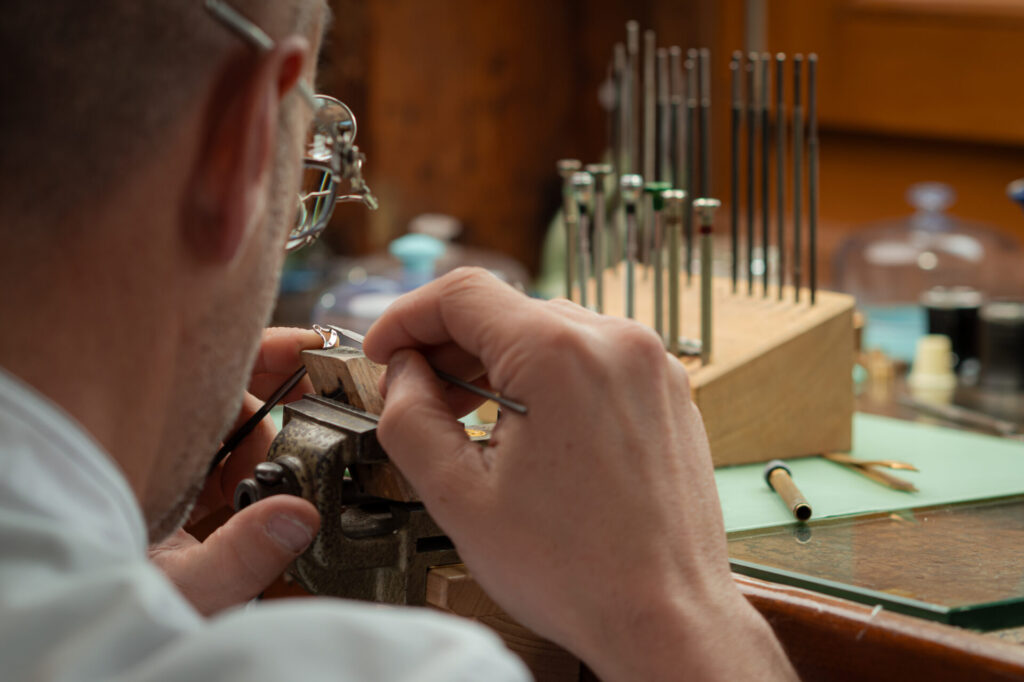
At fourteen, a visit to Jaeger-LeCoultre set him on the path of watchmaking, and by fifteen, he had become the maison’s youngest apprentice. Over the following two decades, he developed his craft under the guidance of renowned figures such as Philippe Dufour and the late Günter Blümlein, adopting their philosophy that a watch should engage both the mind and the emotions.
Today, David Candaux combines this heritage with contemporary engineering and independent design, producing timepieces that reflect both technical mastery and a commitment to quality and innovation. His work exemplifies a thoughtful balance between tradition and modernity, establishing him as a significant figure among the new generation of independent watchmakers.
Growing up with both parents working in watchmaking, your father crafting grand-complication pocket watches at Patek Philippe for over twenty years, and your mother assembling chronographs for Dubois Dépraz, you were immersed in horological craftsmanship from the earliest age. What specific lessons from observing their work shaped your understanding of what it means to be a watchmaker, and how did their different specialisms influence the way you approach both technical innovation and meticulous finishing today?
“I grew up surrounded by the quiet rhythm of watchmaking. My father’s work on grand complications at Patek Philippe taught me the importance of structure, patience and the invisible dialogue between precision and emotion. My mother, assembling chronographs at home for Dubois Dépraz, showed me a different dimension: dexterity, consistency and care for even the smallest detail. From them I learned that a true watchmaker is not defined only by technical mastery, but by respect for time itself, by the humility to perfect what others will never see. Their two worlds, complexity and consistency, still shape everything I do today.”
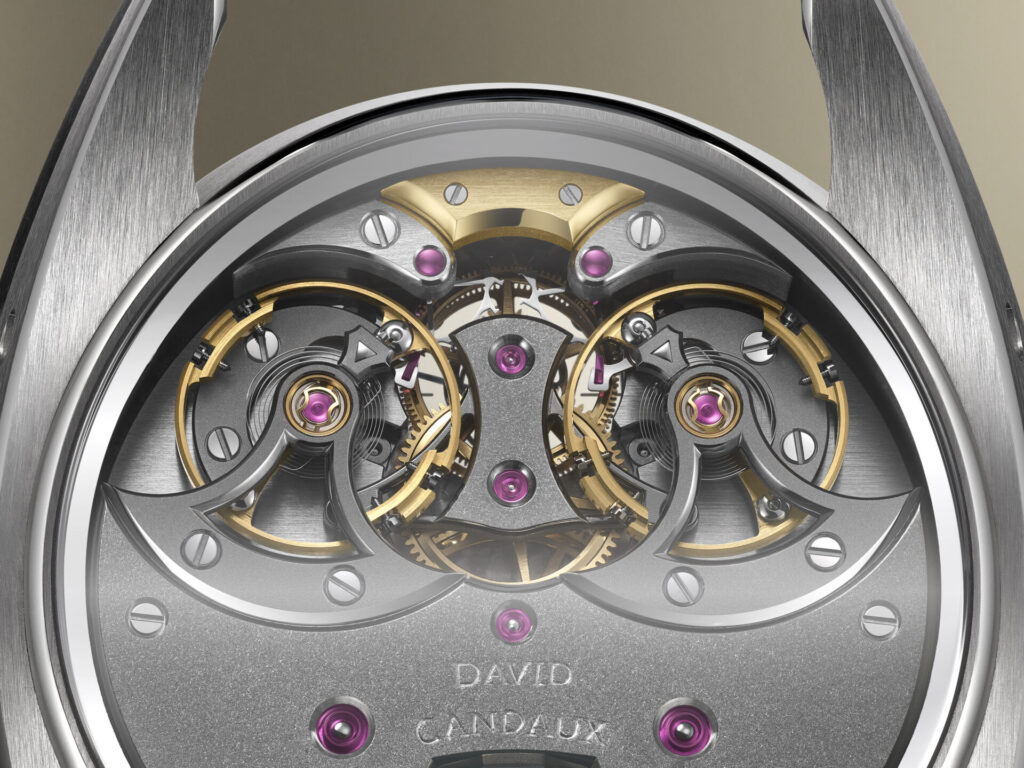
At fourteen, a visit to Jaeger-LeCoultre proved transformative, as you went on to become the maison’s youngest apprentice at fifteen, an extraordinary achievement. What did you experience during that visit that ignited your passion and confirmed watchmaking as your calling, and what qualities do you believe Jaeger-LeCoultre recognised in you that inspired them to welcome such a young talent into their atelier?
“That visit to Jaeger-LeCoultre when I was fourteen felt like stepping into a cathedral of mechanics. The magic of seeing a tourbillon in motion, without yet understanding how it worked, simply mesmerised me. My father never pushed me to follow this path. At that time, watchmaking was not seen as a promising career, with the quartz crisis having recently shaken the region. Yet it was that moment of pure emotion that became the true spark for me.”
“Accepting me as their youngest apprentice was a bold decision on their part. They had realised the importance of nurturing talent internally to preserve the art of watchmaking, along with the values it demands, patience, passion and resilience. Perhaps they already sensed that determination in me, I honestly don’t know. What I do know is that I wasn’t there to learn quickly, but to learn well. Those years instilled in me a profound respect for discipline, precision and collective excellence.”
The transition from working within the structure of prestigious houses to establishing your own independent brand in 2017 is a remarkable achievement. What gave you the confidence that the moment was right to step out on your own, and how did those two decades of experience prepare you not just technically, but philosophically, for that new venture?
“After two decades within great manufactures, I felt a growing need to express my own vision, which I had been nurturing for seventeen years. One that would unite technical freedom with emotional truth. It seemed essential to me to contribute, in my own way, to the evolution of haute horlogerie, to create timepieces that draw inspiration from the past, honour my peers and yet help write the pages of 21st-century watchmaking. The timing was not calculated, it was instinctive. I knew I had acquired enough experience to stand on my own, but more importantly, I had found a clear sense of purpose.
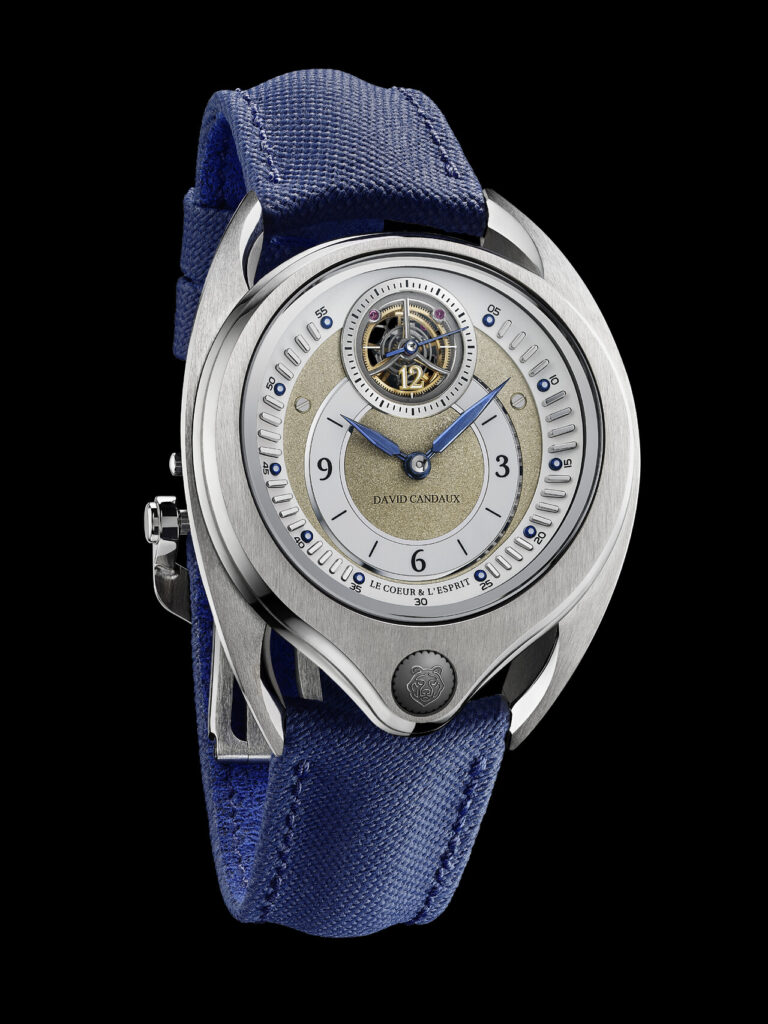
“My years at Jaeger-LeCoultre and other maisons gave me the tools, but they also taught me that authenticity cannot be delegated. Founding my own brand was a way of returning to the essence of why I became a watchmaker. To create something deeply personal, born in the Vallée de Joux and true to its traditions.”
The DC12 MaveriK represents seventeen years of patient development. What sustained your vision during this extended gestation period and throughout those years of refinement. Can you describe the breakthrough moment when you knew that your innovative approach to the double balance system would deliver the exceptional precision you had envisioned?
“Seventeen years may seem long, but when pursuing an idea that challenges the limits of equilibrium and precision, time becomes a companion rather than a constraint. The vision of the DC12 MaveriK evolved slowly, nourished by reflection and trials that ended in failure. The turning point came when I began to analyze the problem, one that had already pushed the watchmakers of the Vallée de Joux to their own limits back in 1930, and that truly needed solving.”
“Offering a solution without understanding the root of the problem can only yield an empirical fix. I therefore started again from a blank slate, building on the work of watchmaking students from the 1930s and Philippe Dufour with his Duality, and realized that two balance wheels could coexist not in opposition or under control, but in harmony through a flying satellite differential, releasing energy rather than constraining it. That moment confirmed that persistence, guided by curiosity often drawn from other fields, inevitably leads to revelation. My invention is thus extremely refined, with very few components, enabling this high level of chronometric performance on the wrist.”
With 39 patents to your name, you’ve built a remarkable portfolio of horological innovations. When you’re working through a complex technical challenge in your workshop at Le Solliat, what signals tell you that you’ve discovered something genuinely transformative and how do you know when an idea has reached its full potential?
“I’m naturally curious and I like to understand how things work. When I’m faced with a problem, my instinct is to look for a solution. That’s why I always have several “open drawers” in my mind. Projects and ideas that I revisit from time to time. I know when I start a project, but I never know exactly when it will be finished.”
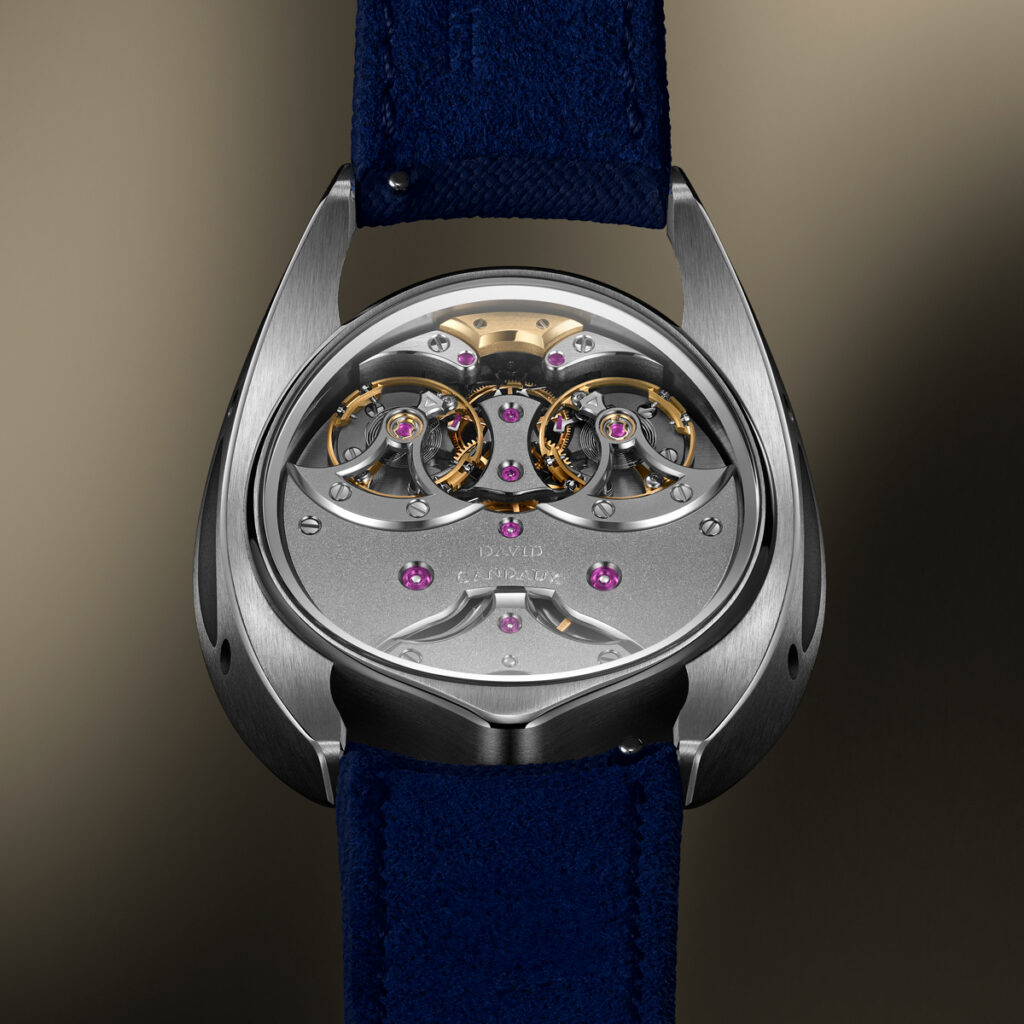
“I also like to think outside the box. Observing what happens in other industries helps me find new and unexplored ways of solving challenges in watchmaking. It’s a process that feels both exciting and rewarding. And then, sometimes, a solution begins to take shape, almost unexpectedly. When that happens, I start digging deeper. Sometimes it works, sometimes it doesn’t. For the DC12 MaveriK, for instance, I went through two failed attempts before finding the right path on the third try. Seventeen years in total, but never with the pressure of having to force a result. “
“I indeed never rush to patent an idea. I prefer to live with it, observe it and test it in silence. I let the project take form and mature in my mind. Only when it consistently reveals its strength and simplicity do I know it has reached its full potential. That moment, when everything finally aligns, is truly special. Very often, the best answers come from the simplest reasoning. Going back to the origin of the problem opens the door to many solutions.”
Your approach to the C30 calibre builds on the rich heritage of the double balance whilst introducing new thinking around differential placement and energy management. What possibilities did you see in this complication that inspired you to dedicate years to refining it, and what performance achievements in the DC12 MaveriK are you most proud of?
“The double balance has always fascinated me because it has a deep connection with the Vallée de Joux, where I come from. This complication was born in the 1930s at the technical school of the Vallée de Joux, in experimental pocket watches, and was later introduced in a wristwatch for the first time by my mentor and friend Philippe Dufour. He remains the only one to have designed a differential mounted in the second train. All other interpretations of the double balance are positioned further from the second train, which is mechanically more stable but less precise.”
“Yet the real purpose of this complication is to achieve exceptional wrist precision. So I began my design notebook with one goal: to develop a differential mounted on the second train, but one that would be ultra-stable to ensure true chronometric performance. Through my approach, I’ve tried to embody the search for equilibrium, both mechanical and philosophical. “
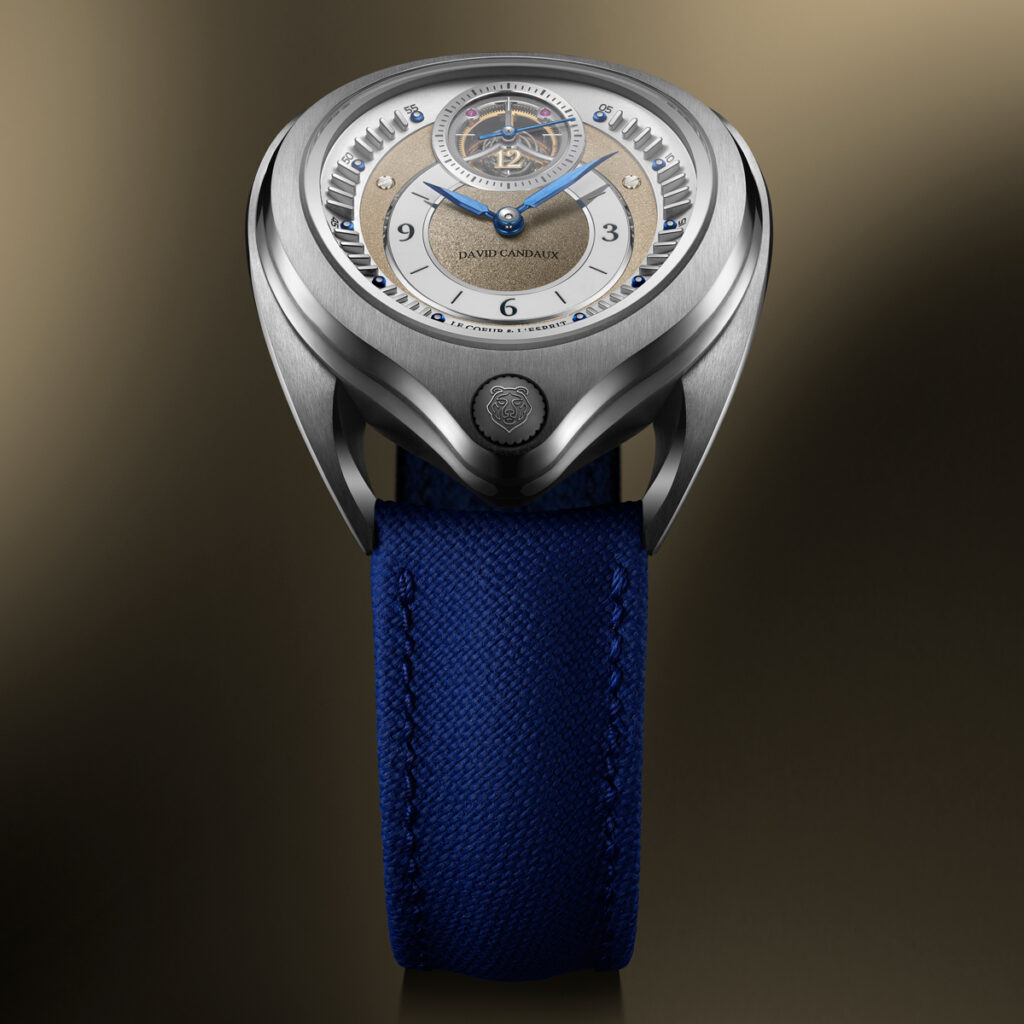
“With the C30 calibre, I wanted to reinterpret that heritage by refining how energy is distributed and how the differential interacts with the balances. The greatest achievement of the DC12 MaveriK is its natural stability, a precision that is not forced, but earned. It is a living mechanism: expressive, balanced, and free. I have always known that the double balance is the perfect complication for achieving the highest chronometric performance in a wristwatch, and I am very proud to have made it my own, drawing inspiration from the past while bringing my vision through the unique identity of my brand.”
The C30 calibre contains 258 components across a seven-level architecture, each element finished by hand to exacting traditional standards. Can you walk us through what bringing a single DC12 MaveriK to life entails, and how you’ve structured your atelier to make this level of artisanship sustainable whilst working alongside your father in Le Solliat?
“The DC12 MaveriK is a journey in itself. The process begins with the calibre, which must be fully functional and precise. I then focus my energy on integrating this calibre into a watch that reflects the brand’s identity, naturally incorporating the signature magic crown, and a case designed to be ultra-ergonomic for maximum comfort on the wrist.
“Each element expresses my vision, and for this particular piece I wanted to push the design of the case even further. With its 39.5 mm diameter, it features a dial that is not flat but shaped to follow the curvature of the case. The case itself is distinctive, with curves on both the upper and lower sides. Both the movement and the dial therefore had to fit perfectly within it, which is why I built the movement across seven levels. Once the design and the calibre are validated, I move on to creating the components, 258 in total, each drawn, machined and prototyped in Le Solliat.
“The first prototype is always functional; decoration comes later. The very first time the DC12 MaveriK came to life was a moment of pure wonder, almost like witnessing the birth of one of my children. I immediately sensed its exceptional precision in a very tangible way. The regulation is remarkably simple and the watch shows almost no variation from day to day. For the subsequent, more advanced prototype and finally for the collection pieces, every element is finished by hand: bevelled, polished, grained and assembled under the same roof.”
“Working alongside my father brings both continuity and dialogue. He is extremely skilled in machining components, and there is a natural, fluid understanding between us. We know each other’s rhythm and strengths, and it is a constant exchange shaped by the shared heritage of life and watchmaking. Our atelier is small by choice; it allows us to stay close to the work itself and to the people who bring each watch to life.”
The name MaveriK celebrates the courage to forge your own path, perfectly capturing the spirit of innovation that drives your work. How do you harness this freedom to pursue bold technical solutions such as mounting a differential on a hairspring, whilst upholding the exceptional finishing standards that define haute horology, and what fuels your confidence when pioneering these groundbreaking approaches?
“The name MaveriK symbolises following my own path, the freedom to think differently while respecting the foundations of haute horlogerie. Each of my watches is not an act of rebellion, but an act of exploration. Every innovation must remain faithful to the craft’s aesthetic and moral codes.”
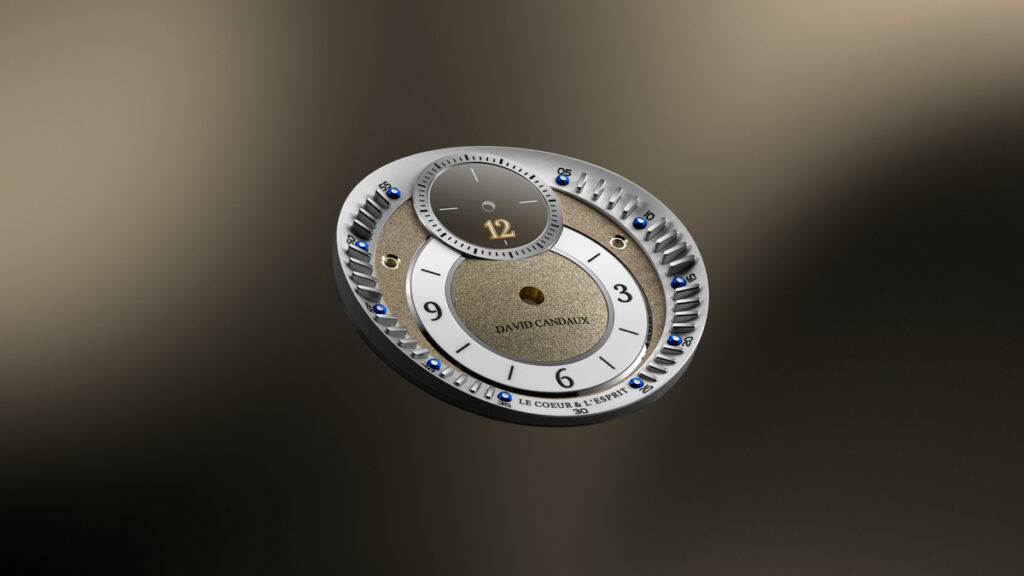
“I draw confidence from the dialogue between tradition and discovery, and from the conviction that true beauty always emerges from coherence. I am just one link in the long, intergenerational chain of watchmaking, and it is a true pleasure for me to contribute in my own way to the creation of today’s horology.”
Your philosophy of creating timepieces that speak to ‘the Heart and the Mind’ has clearly guided your most ambitious work. The DC12 MaveriK beautifully demonstrates this through its three patents and sculptural design inspired by the Jura Mountains. How do you achieve such a harmonious balance between technical and emotional design, and what inspiring possibilities do you envision for the next generation of independent watchmakers who share this philosophy?
“For me, every watch must speak to both the intellect and the emotion, that’s why my motto is “Le Cœur et l’Esprit”. The DC12 MaveriK embodies this balance in every sense, both visually and technically. The equilibrium I have in my own life helps me express my vision through my watches and nature plays a fundamental role in that. The forms are organic; everything in nature is inherently beautiful when we take the time to observe it. I try to infuse that same harmony into my creations, through many trials and continuous refinements, always seeking the perfect balance and the pleasure of wearing the piece every day.”
“For the next generation of independent watchmakers, my hope is that they dare to listen to their inner rhythm, to create not what the market expects, but what their heart insists upon, even if it means taking risks. That is where true innovation, and true humanity, begin.”


